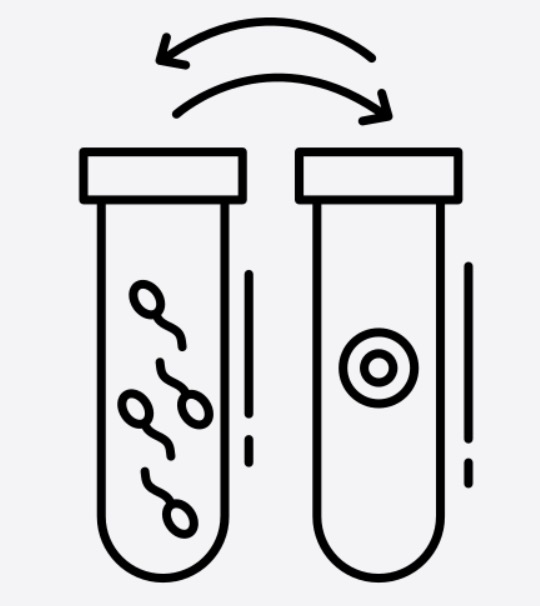our mission
Paterna’s mission is to improve human reproductive health.
We started Paterna because our founders wanted to ensure that all couples could have healthy children.
Did you know? There is currently no effective, FDA-approved therapeutic for male infertility.
After a decade of collaboration among the founders, Paterna has deciphered the in vivo environment for spermatogenesis and applied it to in vitro spermatogenesis, facilitating the treatment of male infertility.
We started Paterna because our founders wanted to ensure that all couples could have healthy children.
We focus on male fertility and are developing in vitro spermatogenesis from stem cells to mature, healthy sperm, enabling IVF and achieving life- and world-changing results.
Of the ~3 million IVF cycles annually around the world, ~50% of these fail and a male factor causes ~50% of these failures.
Solving male infertility is a significant unmet need.

3%
of children in the US are born using IVF

8%
of men are infertile

15%
of all couples are infertile

50%
of this infertility is due to a male factor
Male Infertility lags 30 years behind IVF-focused female treatment.
Our science is a big opportunity for the female factor too.
Why did we create Paterna Biosciences?
Paterna was started because it became almost unbearable for our founders to constantly deliver the heartbreaking news to couples that they were unable to conceive.
Determined to solve the issue of infertility, the founders began to focus on male biology (vs. female, which up until now has been the standard) and creating in vitro spermatogenesis.
Globally there are approximately 3 million IVF cycles annually. About 50% of those cycles fail and a male factor accounts for about 50% of the failed attempts. Paterna addresses this challenge.
With more funding, we will pioneer the existing science, and achieve breakthrough, world-changing results. We have already kept sperm stem cells alive and replicated longer than any other lab.
